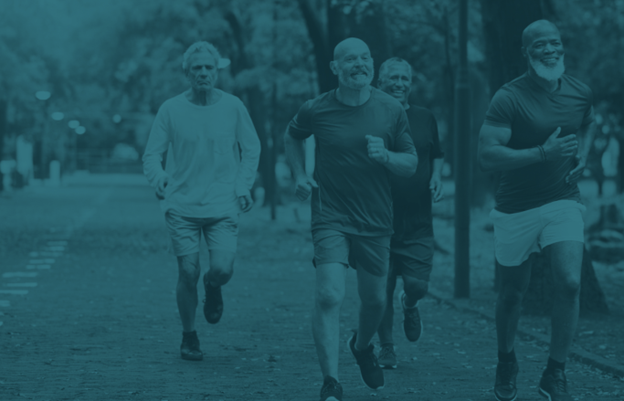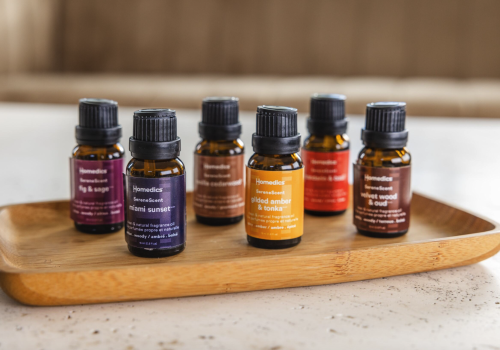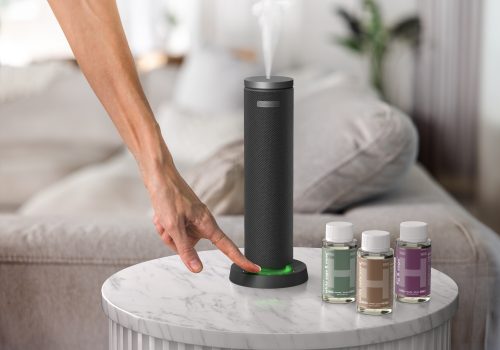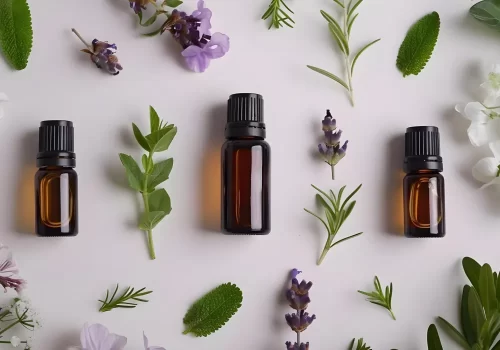How Often Should You Do Compression Therapy?
How Often Should You Do Compression Therapy?
Compression therapy has gone from a niche technique to a popular practice, with everyone from LeBron James to Simone Biles touting the therapy’s potential benefits for muscle recovery and athletic performance.
Athlete or not, the question is less should you use compression therapy as part of your wellness regimen? and more when should you use compression therapy—and how often?
Non-prescription compression therapy is generally safe to use a few times per week. But each individual use case is a bit different. Read on as we dive into the world of this alternative form of healing and the best frequency for your body and needs.
The Basics of Compression Therapy
If you follow fitness trends on any social media platform—or simply dig staying apprised of your favorite athletes’ lives—compression therapy may seem to be everywhere you look. But compression therapy has been around since Ancient Greece—if ever there’s a way of judging a treatment’s staying power.
Compression therapy is available in a score of both other-the-counter (OTC) and prescribed products (depending on your health condition and/or your reasons for engaging in it), such as:
- Stocks
- Stockings
- Bandages
- Wraps
- Hoses
- Boots
- Suits
- Massagers
- Mats
Static vs Dynamic Compression Therapy
Generally speaking, compression therapy is divided into two categories: Static and dynamic.
Static compression typically refers to compression garments, like socks, that offer a sustained “embrace.”
Dynamic compression, on the other hand, includes inflatable devices and intermittent pneumatic compression (IPC) therapy devices, such as cuffs and sleeves that provide “spurts” of pressure via an air pump.
Regardless of which you choose, compression therapy may offer a host of benefits.
Boosting Circulation with Compression Therapy
So, how does compression therapy work? Compression therapy, both static and dynamic, operates by applying pressure to specific regions of the body that are prone to fluid buildup, the downside of gravity, and decreased circulation—such as your calves after a long day of sitting at your desk, or your feet after hour-long sessions of Tabata.
This targeted pressure triggers your blood flow and bolsters circulation. In turn, you may experience:
- Accelerated muscle recovery following a workout (or any other strenuous activity)
- Diminished swelling
- Improved wound healing
- Healthier skin
- Decreased aches and pains
Further, optimal blood circulation—the chief potential benefit of compression therapy —may support cardiovascular health and boost cognitive facility.
Who Can Benefit from Compression Therapy?
Compression therapy has long enjoyed a reputation as an effective, non-surgical method for treating a variety of health complications, including but not limited to:
- Burns
- Scarring
- Varicose veins
- Leg wounds and ulcers
- Chronic venous insufficiency (CVI)
- Deep-vein thrombosis (DVT)
- Orthostatic hypotension
It’s also often recommended to individuals whose mobility has been minimized, due to conditions or events such as surgery, a stroke, or an injury.
That said, you don’t necessarily need an underlying health condition to revel in the benefits of compression therapy—hence its increased usage in the pro-athlete realm. Indeed, anyone who wants to experience relief, particularly in the lower extremities, as well as expedited post-workout recovery time and improved circulation, may benefit from compression therapy.
How Often Should You Do Compression Therapy?
The answer to this question, as well as to those posed below, often comes down to the condition or symptoms you and your healthcare professional are attempting to help. In this case, your doctor will likely give you a schedule that includes when to engage in compression therapy and for how long.
If you’re using an OTC form of compression therapy, for example, to alleviate tension, or to soothe your muscles after a yoga sculpt class and hasten your recovery, then you have more of a say in your schedule.
This is what the experts have to say:
When Should You Use Compression Therapy?
Can’t wait to get home from the gym to relax your sore muscles after exercise? If you’ve invested in an inflatable air compression therapy tool to nourish your workouts, some suggest using it before and after training sessions (or matches or marathons).
One to try: Homedics’ Real Relief Calf Compression Massager, which massages your lower legs and evokes a calming sensation.
How Many Times a Week Should You Do Compression Therapy?
Non-prescription forms of compression therapy can safely be used multiple times per week. In other words, the answer to how often should you do compression therapy? depends entirely on how frequently you want to—and have the time for—a “body break.”
Bear in mind that overdoing it with compression therapy devices, and compression therapy in general, may result in a few uncomfortable side effects, depending on your sensitivity. These include:
- Warmth
- Sweating
- Redness and irritation
If you experience significant skin changes, or some of the more serious side effects of compression therapy like an allergic reaction or neuropathy, discontinue using it and seek medical attention from a healthcare provider.
If not? Well, if your lifestyle allows for it, there is no reason not to embrace an instrument or garment that may stimulate circulation and provide you with heightened energy and vitality.
Harness the Rewards of Compression Therapy with Homedics
Whether you’re thinking of adopting compression therapy to fortify your athletic endeavors or would like a respite after a long day at work, compression therapy may give you the comfort and boost you’re after.
Homedics is your one-stop shop for the products you need to turn this into a reality. From our Real Relief Full Leg Air Compression System to our Air Compression Back Stretching Mat, our cost-effective therapy tools offer personalized pressure levels to give you precisely what your body requires.
Sources:
Future Market Insights. Compression therapy market.
https://www.futuremarketinsights.com/reports/compression-therapy-market
Journal of Applied Physiology. Enhanced muscle blood flow with intermittent pneumatic compression of the lower leg during plantar flexion exercise and recovery.
https://journals.physiology.org/doi/full/10.1152/japplphysiol.00784.2017
Polymers. Compression garments for medical therapy and sports.
https://www.ncbi.nlm.nih.gov/pmc/articles/PMC6404358/
Cleveland Clinic. Compression therapy.
https://my.clevelandclinic.org/health/treatments/23449-compression-therapy
Compendium Vascular Anomalies. Compression therapy.
https://www.compva.com/science/compression-therapy
Evidence-Based Complementary and Alternative Medicine. Effects of compression tights on recovery parameters after exercise induced muscle damage: a Randomized controlled crossover study.
https://www.ncbi.nlm.nih.gov/pmc/articles/PMC6341249/
Harvard Health. Ask the doctor: compression stockings for long-distance travel?https://www.health.harvard.edu/heart-health/ask-the-doctor-compression-stockings-for-long-distance-travel-
Henry Ford Health. How to boost your circulation (and why it’s important!)
https://www.henryford.com/blog/2020/10/how-to-boost-circulation
UW Health. Compression garment information for burn patients.
https://patient.uwhealth.org/healthfacts/4610#
The Anatomy of Wellness. Compression therapy for athletic recovery.
https://theanatomyofwellness.com/compression-therapy-for-athletic-recovery/
Healthline. What to know about compression socks and stockings.
https://www.healthline.com/health/compression-socks-benefits#side-effects





